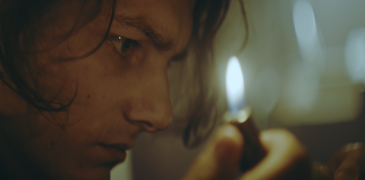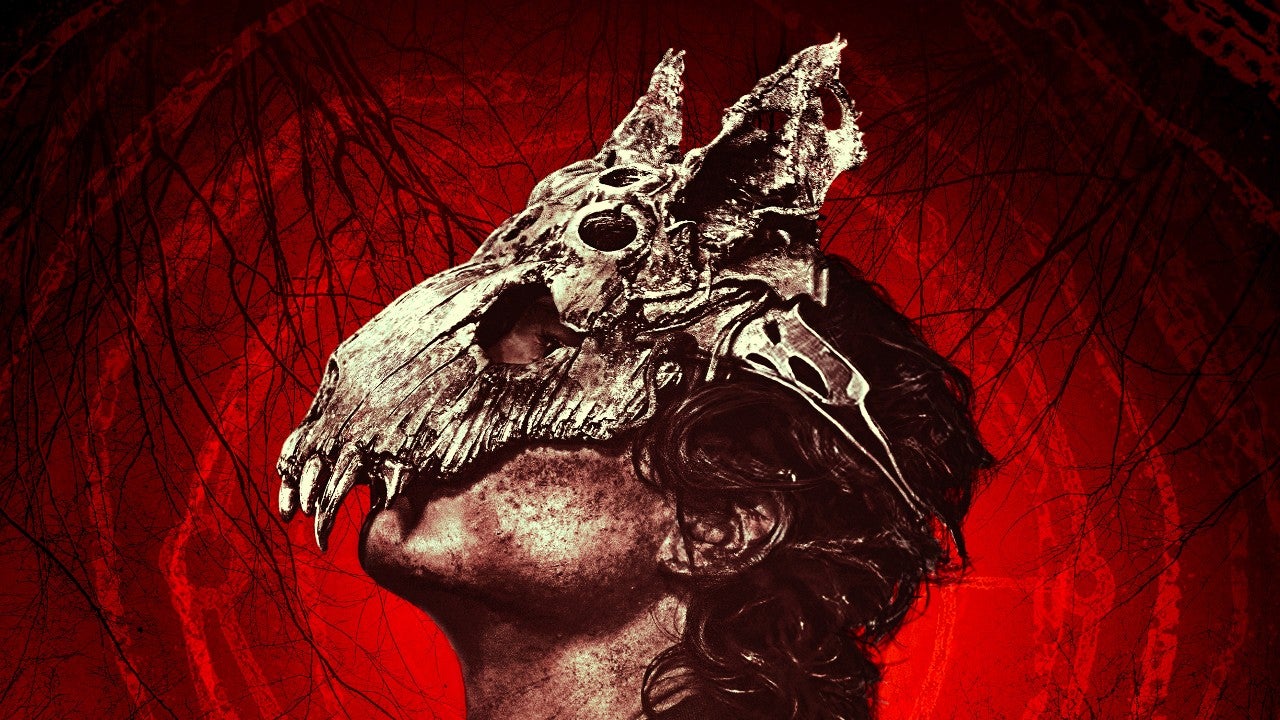
Leading into the build-up of the release of Pet Sematary Bloodlines, viewers had reasons to be cautiously optimistic about the project after the success of Paramount breathing new life into the Hellraiser franchise with the 2022 film Hellraiser from director David Bruckner. With the Pet Sematary franchise in similar disarray before its release, with an extended absence between the first two films and an essentially abysmal attempt to reboot it in 2019, fans are hoping that Bloodlines manages to give the franchise the kick it needs.
“In 1969, a young Jud Crandall has dreams of leaving his hometown of Ludlow, Maine behind, but soon discovers sinister secrets buried within and is forced to confront a dark family history that will forever keep him connected to Ludlow. Banding together, Jud and his childhood friends must fight an ancient evil that has gripped Ludlow since its founding and, once unearthed, has the power to destroy everything in its path.”
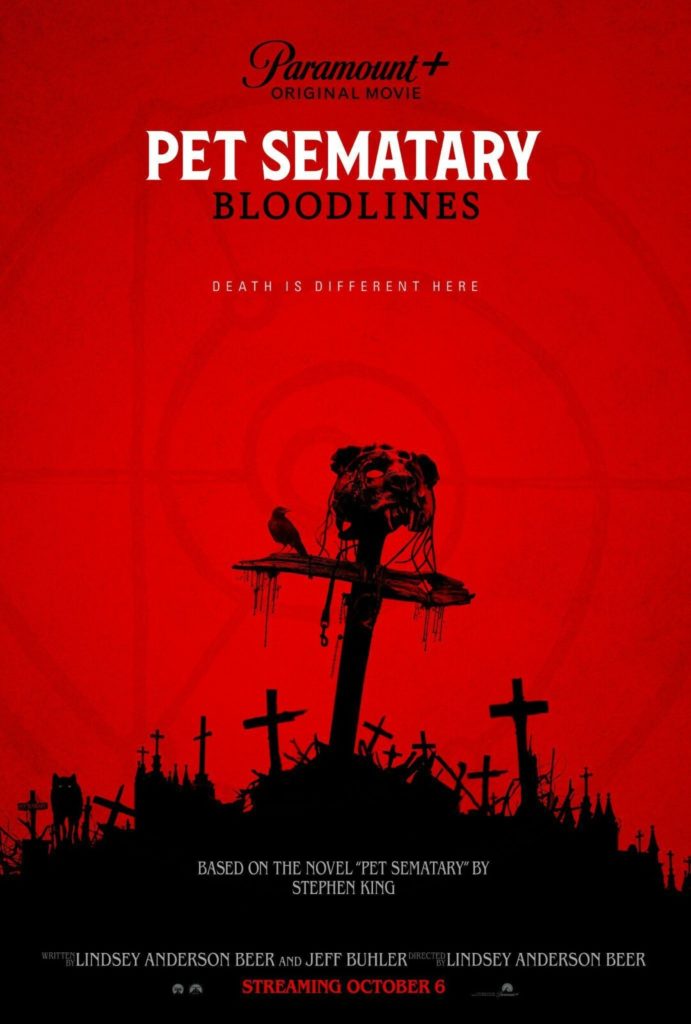
Pet Sematary Bloodlines certainly outdoes its predecessor in the 2019 remake, a low bar but one to point out regardless. It offers a dark and brooding exploration of the town of Ludlow and the curse that hangs over its denizens–passed down through generations. For most of the runtime, the atmosphere stays bleak, with only the occasional bit of well-timed chaos to remind viewers of the oncoming horrors the town faces having reawaked the evil that dwells underneath Ludlow.
The ‘monsters’ that dwell in the town lean into utilizing psychological trickery to punish their victims; it can be as subtle as a dig or as frightening as recounting the death of a loved one in intimate detail. This becomes a chilling precursor to violence and manages to unsettle in a way without heavy use of disturbing imagery–not that the film lacks in gore and shock. As such, Bloodlines is undeniably at its best when it is played in that ambiguous realm of uncertain motivation from the entities ‘playing’ with their victims and gaining joy in unveiling those realities that are best left unspoken.
For fans of Stephen King, Bloodlines certainly feels heavily influenced by the author’s work in tone and common themes explored; good vs. evil, purpose vs. chaos, and exploration of the human condition through a vague morality that bends at the hands of a greater force. All these elements are well realized within the script by Lindsey Anderson Beer and Jeff Buhler and should act as a draw for those looking for a Stephen King-inspired horror experience.
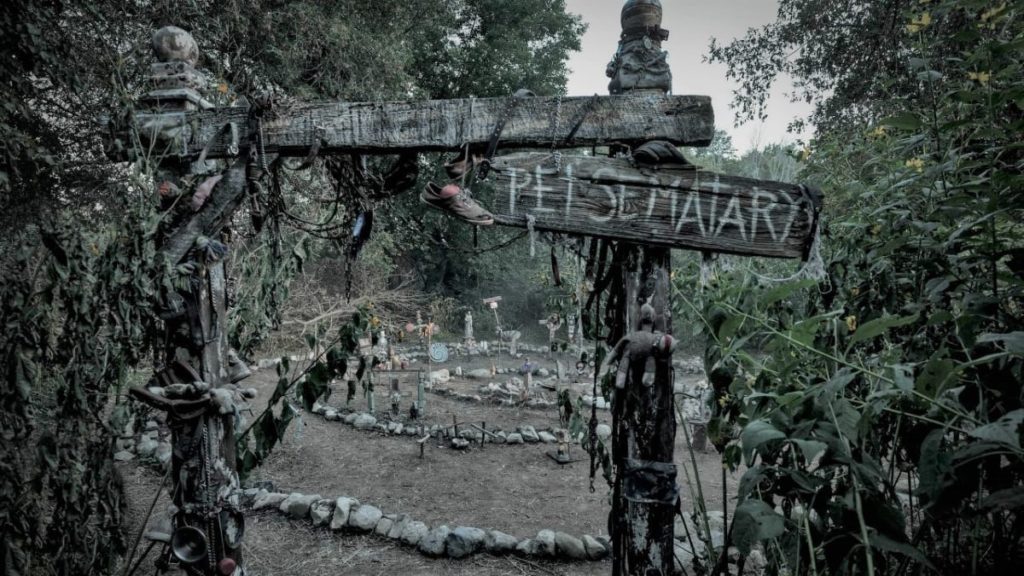
Unfortunately, the praiseworthy world-building and stifling atmosphere of dread become lost as the climax shucks the cruel nature of the demons for a straightforward fight between Jud and evil. To get to this point, the movie makes logical leaps asking the audience to trust in the reasoning of a previously portrayed chaotic evil. Moreover, it changes the slow burn and sense of mystery into an unremarkable struggle in the muck compared to what came before it.
The performances in the film suffer from an unlikable malaise meant to convey the weight the townspeople feel with their identity chained to life in Ludlow. Notably, the two most conflicted characters Jud (Jackson White) and Bill (David Duchovny), are devoid of emotion and dry in delivery that the horrors they face seem barely phase them (Jackson White does have a redemptive performance in the latter portion of the movie). However, there is one notable standout in Isabelle LaBlanc as Donna, an artist whose dreams of getting out of the small town feel more authentic than other characters expressing the same sentiment. In addition, LaBlanc embodies chaos in a delectable way, and the interactions with her character, particularly in the hospital scene, is the one instance where a performance evokes both excitement and terror–essential in keeping the production from being too monotone.
Lindsey Anderson Beer impresses in a directorial debut, bringing a lot of visual flair and a dark atmosphere to the production. The score provided by Brandon Roberts perfectly compliments the vibe. The cinematography from Benjamin Kirk Nielsen feels focused and tailored toward building up to moments of shock. The overall production is solid, leaving viewers curious to see what Lindsey Anderson Beer will work on next.
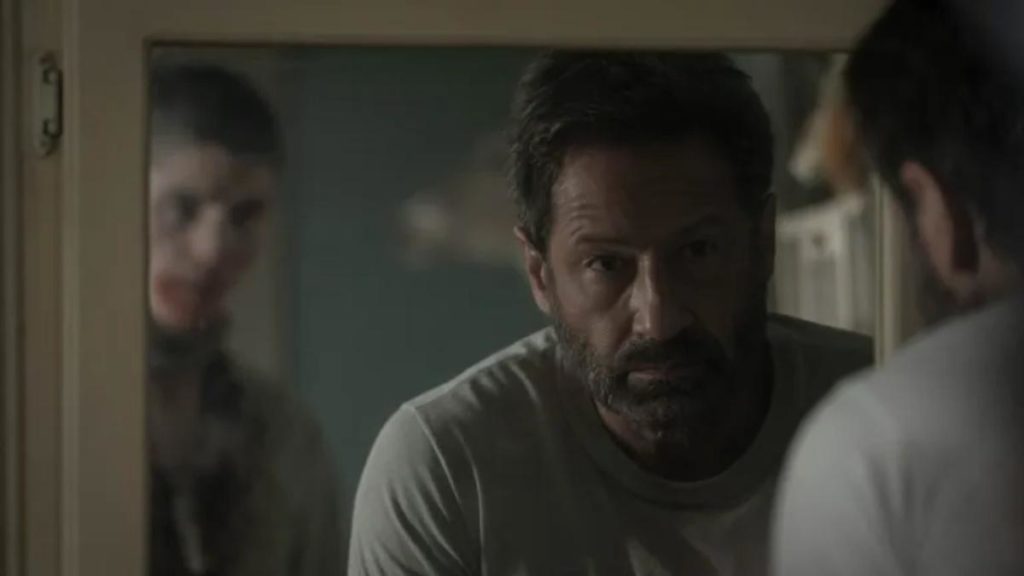
So… will Pet Sematary Bloodlines re-inject interest into the franchise? That question is not as simple to answer as it feels like it will split audiences in a few different ways. Notably, those who like to opine ‘not scary’ when it does not meet expectations of extreme or overtly sensational content will likely come out of the woodwork for this one—missing the point and skill involved in the subtle build-up and redefining of the creatures as more primordial and chaotic. Alternatively, those looking for films reflective of Stephen King’s writing should be pleasantly surprised with how well the production fits into the atmosphere and writing one would desire from a project drawing inspiration from the icon.
The ending is a bit less forgiving, though some may appreciate the turn to more sensational to cap off the production; the strength of Pet Sematary Bloodlines rests more in its build-up and crafting of these creatures of chaos that feed off the fear of their victims. The movie’s greatest downfall is failing to capitalize on that meaningfully.
Regardless, the return to Luldlow and Pet Sematary is a welcome one and a change of pace that will leave viewers excited, if not intrigued, about whether or not the horror franchise has room to develop from this point. Despite its flaws, it is worth watching for fans and anyone interested. It will be a suitable Halloween watch when the film drops on Paramount Plus on October 6th.

Pet Sematary Bloodlines is Screening as Part of the 2023 Fantastic Fest Line-Up
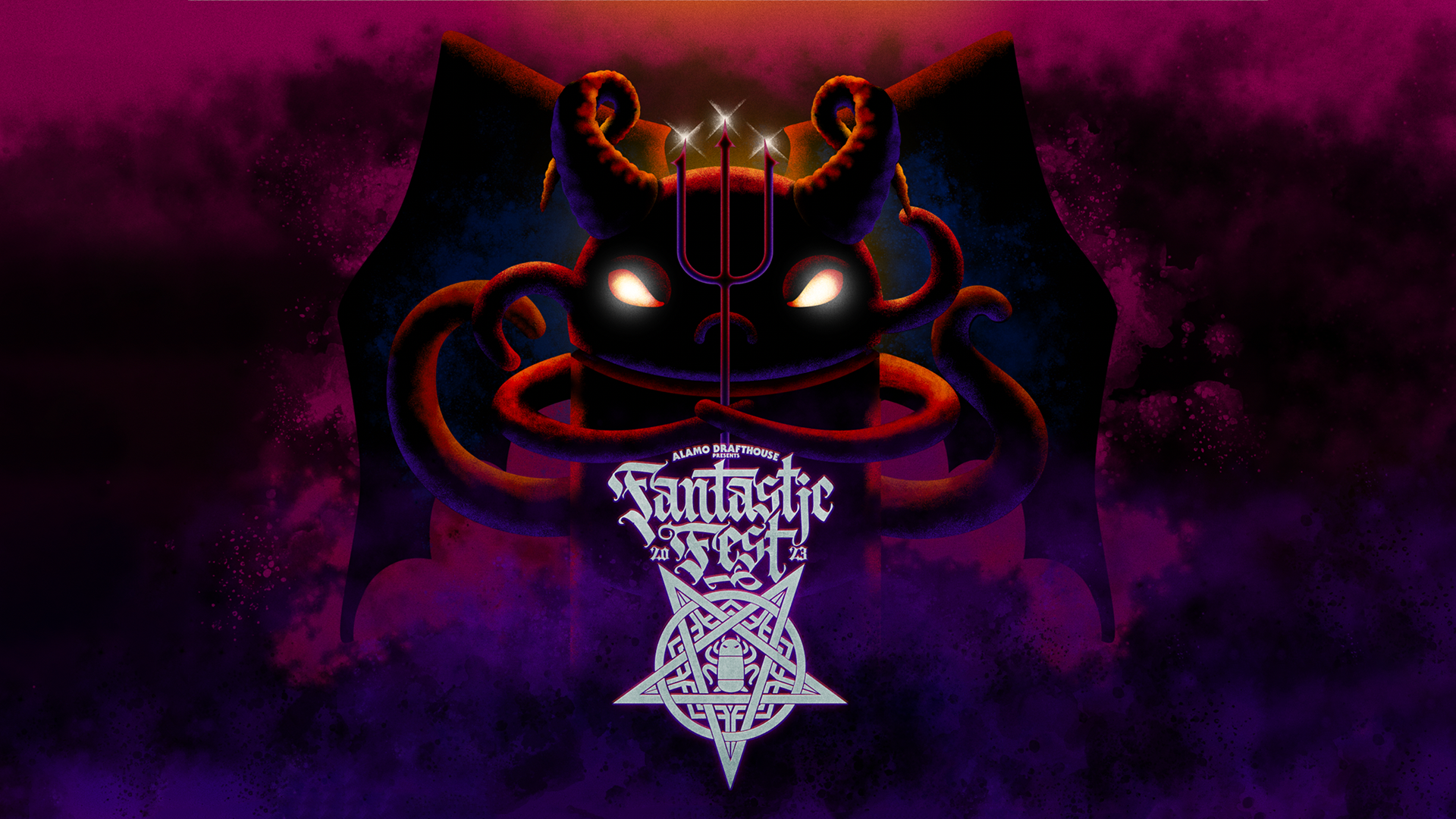
More Film Festival Coverage
Burial is a 2022 English World War two thriller, written and directed by Ben Parker. Making his debut in 2011 with the action horror short Shifter, Ben produced his first… Heroin addict Charlie (George Webster) has been going to group therapy, though secretly showing up just to meet with his dealer. When a young woman joins the therapy session Charlie… Traumatised from witnessing the horrific death of her parents, Sara attempts to take her own life. Waking up in the aftermath of this, she cannot remember anything and does her… Leo Falcão’s feature film debut Subject (Sujeito Oculto) is a rare genre offering that transcends its format and offers a meditative study of the power of storytelling and life among mythical… Slasher and revenge horrors could be said to be two sides of the same coin; in one, you are following the victims, and in the other, you are following (and… Here at the Grimoire of Horror, we’ve reviewed both Jorge Torres-Torres’s Fat Tuesday and Sisters of the Plague, commented on him being one of the most underrated independent filmmakers working…Burial (2022) Film Review – Who Else But Hitler
God’s Petting You (2022) Film Review – Dark and Dirty British Comedy
The Free Fall (2021) Film Review – Dreams, Gaslighting, or Something Sinister?
Subject (2022) Movie Review – To Exist Is A Personal Verb
Piggy (2022) Film Review – Spanish Revenge Horror Slays
FTW (2010) Movie Review

